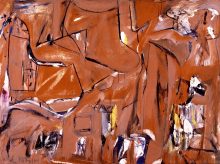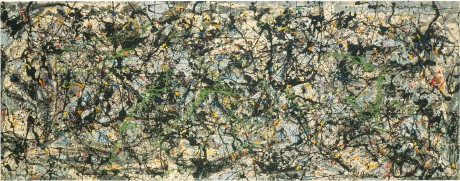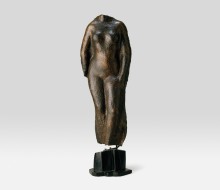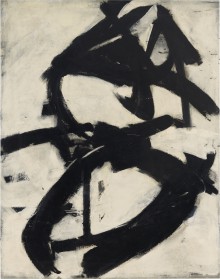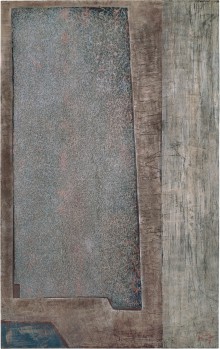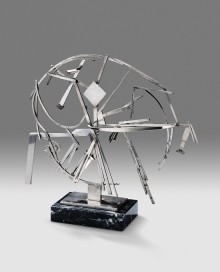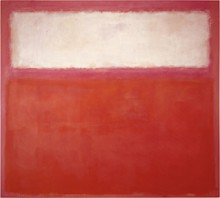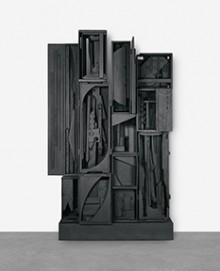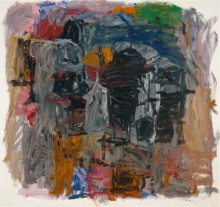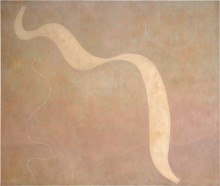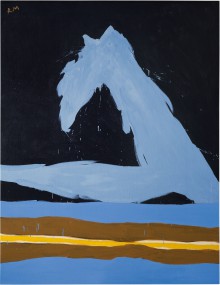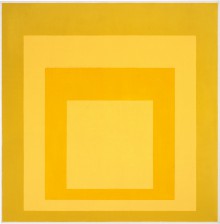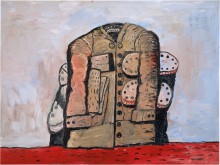Collection
Movement: New York School (22 works)
In the wake of World War II, an informal group of artists referred to as “Abstract Expressionists” or “The New York School” introduced the first major avant-garde art movement to develop in the United States. With a focus on spontaneity, improvisation, and process, their works ranged from large-scale, gestural compositions to explorations of open fields of color. Across these works, abstraction was a means of conveying profound expressions of self. Though their styles varied widely, these artists shared a concern with creating art that was appropriate to the new world order of the atomic age. In 1952, the critic Harold Rosenberg coined the term “Action Painters” to describe the way in which certain painters had begun to treat the canvas as “an arena in which to act.” Paintings by artists such as Willem de Kooning and Franz Kline, in which the pigment is splashed, smeared, or dribbled on the canvas, were the result of a performative, muscular engagement with paint. As Rosenberg put it, “What was to go on the canvas was not a picture but an event.” Other Abstract Expressionists, like Mark Rothko, Barnett Newman, and Clyfford Still, focused on the expressive potential of color. Known as Color Field painters, these artists aspired to create sublime, immersive experiences for their viewers through the juxtaposition of swaths of color that were thinly brushed, poured, or sprayed, onto the canvas, or, in Still’s case, applied with a palette knife. -Sidney Simon, PhD ‘18


